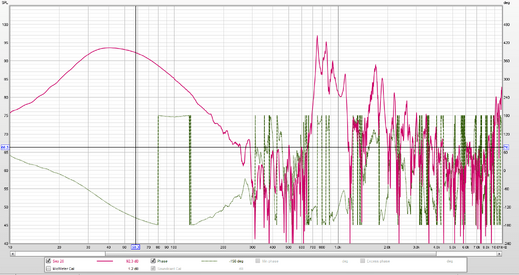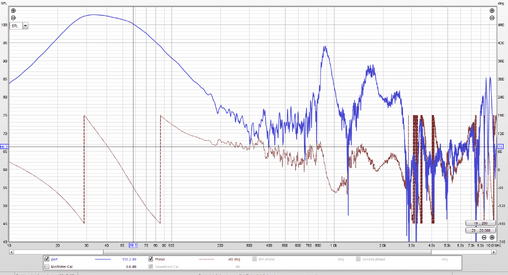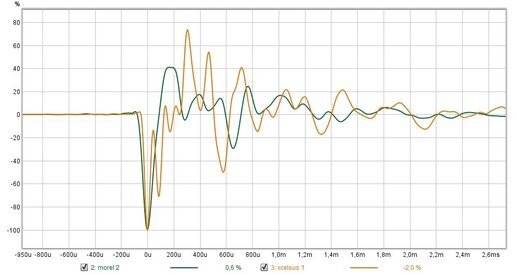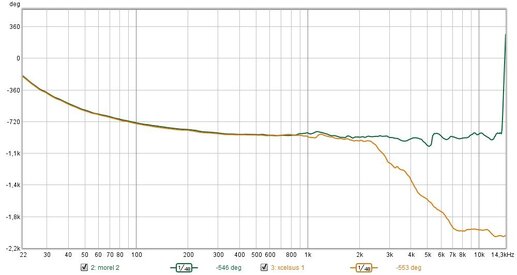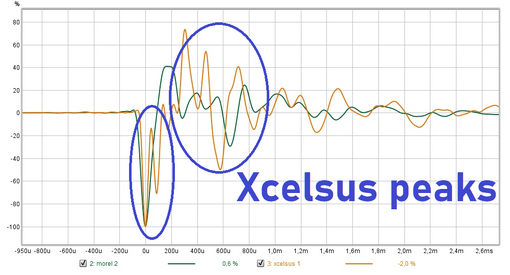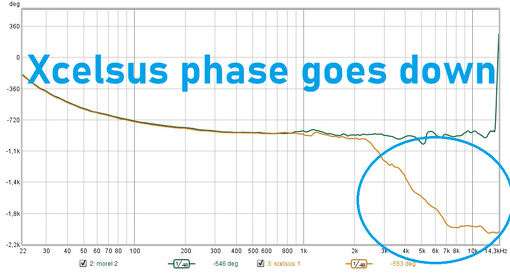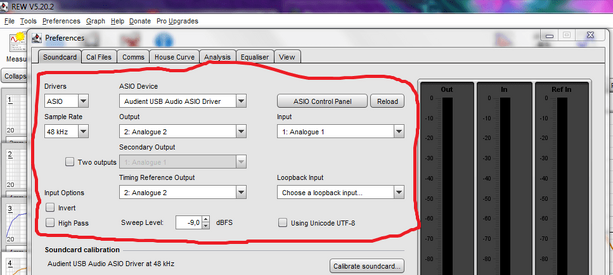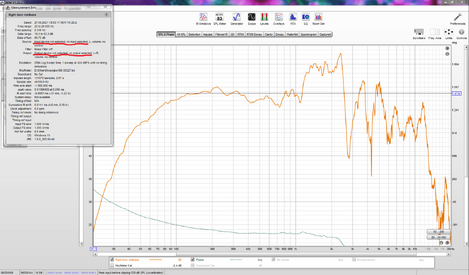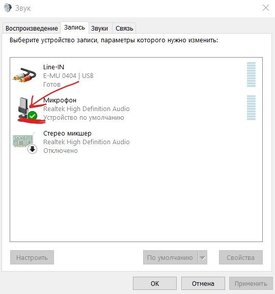Hey guys, I’m in a bit of a pickle with REW, hoping someone might know what’s going on.
For some reason the phase information for my measurements has gone whack. I have tried multiple speakers, multiple computers, multiple USB cables, different versions of REW, I even ordered a new Umik-1 because I thought the mic must have carked it, but I’m still getting the same thing. There must be some constant variable, but I just can’t figure it out. It seemed to start out of nowhere, one measurement was fine, the next was wrong.
The images attached are the SPL and phase info of a near field port measurement before and after it started. Not the same speaker but you can clearly see difference in the phase plot.
Blue = before
Pink = after
Any suggestions are greatly appreciated as I can't make any progress as is.
Thank you!
For some reason the phase information for my measurements has gone whack. I have tried multiple speakers, multiple computers, multiple USB cables, different versions of REW, I even ordered a new Umik-1 because I thought the mic must have carked it, but I’m still getting the same thing. There must be some constant variable, but I just can’t figure it out. It seemed to start out of nowhere, one measurement was fine, the next was wrong.
The images attached are the SPL and phase info of a near field port measurement before and after it started. Not the same speaker but you can clearly see difference in the phase plot.
Blue = before
Pink = after
Any suggestions are greatly appreciated as I can't make any progress as is.
Thank you!








